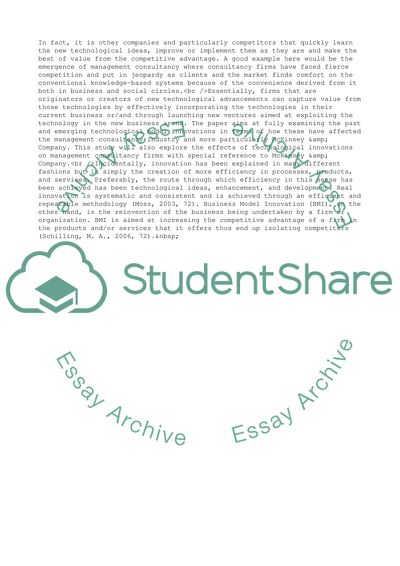Cite this document
(Management of Technology and Innovation Coursework, n.d.)
Management of Technology and Innovation Coursework. https://studentshare.org/management/1778419-management-of-technology-and-innovation
Management of Technology and Innovation Coursework. https://studentshare.org/management/1778419-management-of-technology-and-innovation
(Management of Technology and Innovation Coursework)
Management of Technology and Innovation Coursework. https://studentshare.org/management/1778419-management-of-technology-and-innovation.
Management of Technology and Innovation Coursework. https://studentshare.org/management/1778419-management-of-technology-and-innovation.
“Management of Technology and Innovation Coursework”. https://studentshare.org/management/1778419-management-of-technology-and-innovation.


